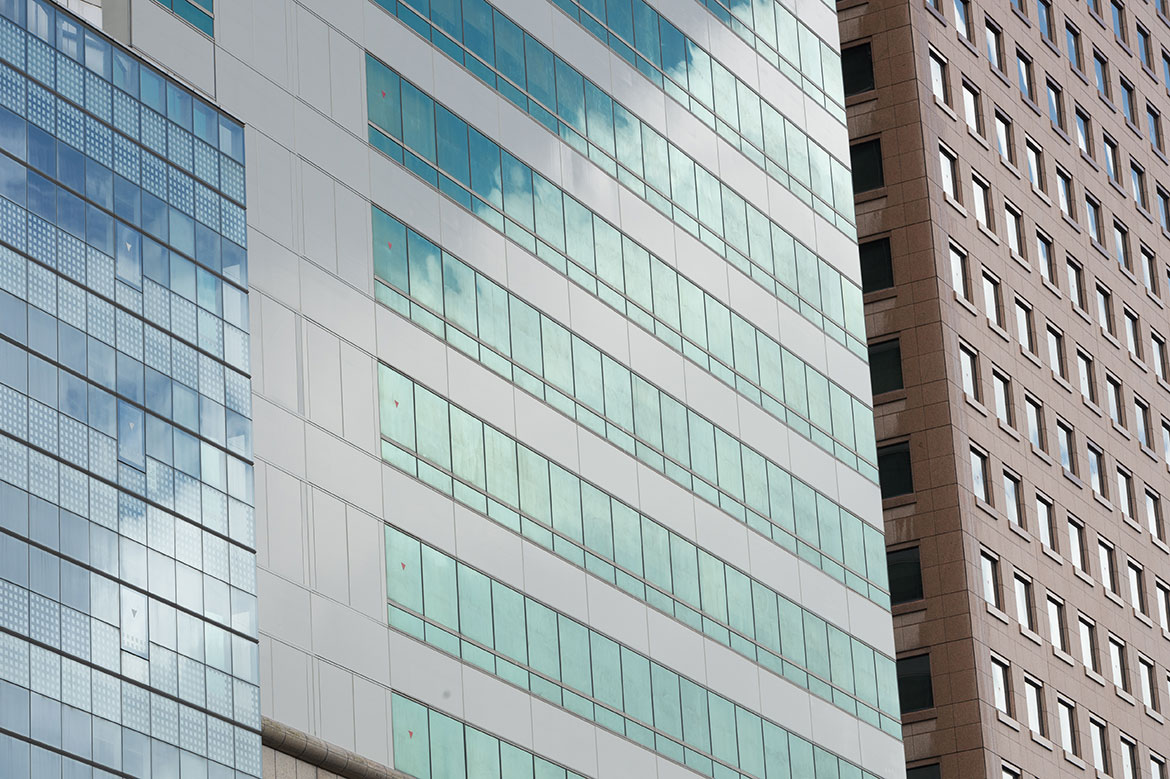Aluminium Panel vs. Aluminium Composite Panel: How to Decide | CLEARVIEW CLADDING CONCEPTS

- By : adrianmarku
- 0 Comments
Aluminium is famous for its strength, flexibility and durability, making it well suited to various projects. But did you know it comes in multiple types? Below is a comparison between aluminium and aluminium panel to help you decide which is best for your project.
Aluminium
Standardized aluminium is prized for its lighter density, which makes it simpler to hold and carry while being affixed in place. It is also affordable, which makes it ideal for those new to building construction that probably need practice sheets. Since it’s also flexible it may be shaped with ease which makes it easier to fit into any project.
Additionally, it has an anti-corrosion characteristic which means it can remain in an optimal condition for long periods of time. This combined with its considerable durability means that multiple sections may be welded as one to reinforce it further while increasing its size. And in a day and age where eco-friendly materials have become very popular, the fact that aluminum is completely recyclable makes it even more attractive. Visually, it is a flat material that offers a finish that is slick and neat.
Aluminium Composite Panel
Also referred to as ACM, these panels resemble a sandwich because of the sandwiching between dual aluminium sheet covers around the polyethylene core. Like standard aluminium, ACM is robust and light in weight, making it ideal construction material. It can also be installed rapidly along walls and offers an attractive finish that is well suited to the addition of graphics and text. Though ACM is also sturdy and flat, it may be molded as needed and is versatile both outdoors and indoors.
Another advantage of this material is its resistance to staining, and any dirt which accumulates on its surface can be easily washed off. It is also resilient against adverse weather and corrosion, making it excellent for exterior facades and the material can be recycled and reused like standard aluminium. It is for these reasons that many consider it an affordable option for completing projects which have a tight schedule.
Important Differences between Standard Aluminium and ACM
While there are many similarities between standard aluminium and ACM, such as weight-to-strength ratio, broad color availability and exceptional versatility with the capacity to be shaped or rolled, there are some differences. For instance, aluminium composite panels have a greater tendency to stay flat once installed with no wrinkling. They can also retain their shape even inside extreme temperatures, which is not the case with standard aluminium.
Second, ACM has a greater tendency to dent which gives it less resistance to impacts from storms or hail. Standard aluminium on the other hand may be reinforced through welding multiple components together. Third, if ACM joints aren’t sealed properly, they might allow water leakage during heavy rain. Finally, although standardized aluminium and aluminium composite panels are lighter in weight, standard aluminium is slightly lighter because of its one-sheet density. This makes it preferable for projects where you will be doing the fitting yourself.
